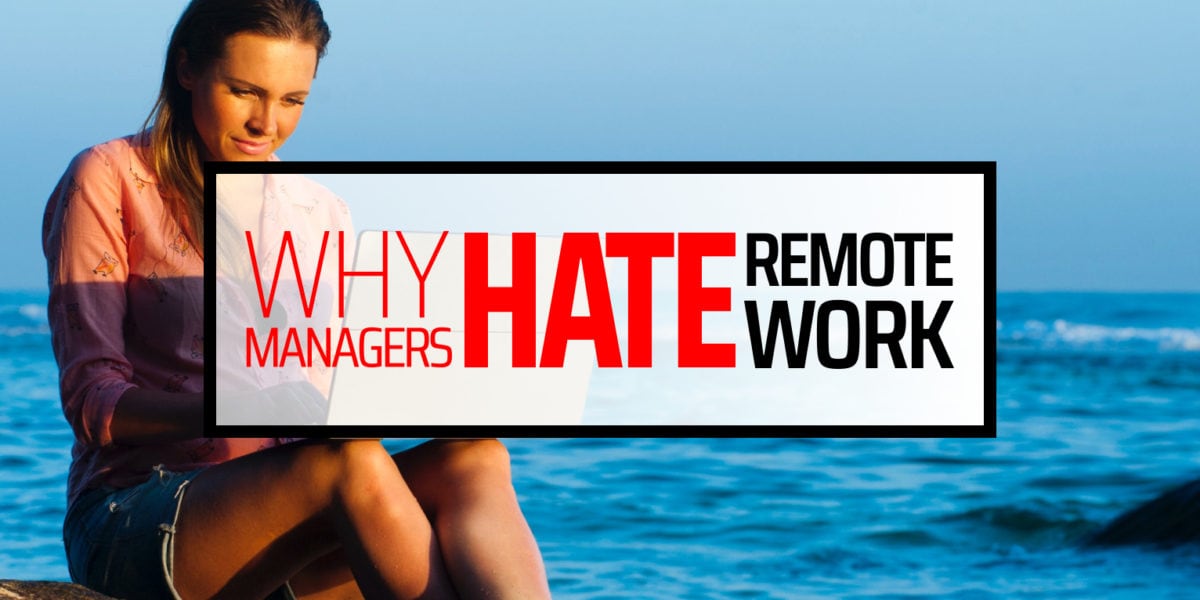
Ask most leaders today and unless they’ve been hiding under a rock, they’ll agree that culture is more important than compensation in attracting talent, motivating teams, and building successful companies. Build a great culture and chances are you’ll build a great company. Choose to leave your values and virtues undefined, and well…. Good luck.
So, it’s no surprise that in an age of corporate scandals, remote work burnout, and social isolation during the pandemic, companies have been doubling down on defining their culture and hiring for “cultural fit”. In fact, it’s one of the biggest reasons employers and employees decide to part ways with each other. How many times have we heard or said, “they just weren’t a good cultural fit” on the way out of the door?
So, why is it such a bad idea to hire for cultural fit?
First, let’s get something straight. Despite the controversial title, I’m not saying that culture fit isn’t important. In fact, culture is crucial! It’s what invigorates us in our jobs. It’s what makes us feel included and aligned with our company’s vision. So, of course we’d love if our next hire were someone who felt the same way – aligned with our values and vision.
The problem is that when managers hire for “cultural fit”, what they usually mean is that they like to hire candidates with whom they felt “most comfortable” or “clicked” with them during the interview. Oftentimes, this means they shared a similar background – perhaps they came from the same city, enjoyed the same activities, went to the same school, or had the same experiences in life. And if the interview doesn’t “flow” well, many managers might think it’s because the candidate wasn’t a “fit”.
It’s pretty easy to see how this idea of “fit” can unintentionally create bias in a hiring process – after all, most people feel more comfortable with people who have a similar background or ideas.
“Recruit globally – the bigger the pool, the more diverse and balanced your team will be.“
If you’re looking to create a top tier organization, you need to look for the best grouping of talent – an “all-star” team, if you will. Even in sports, no “all-star” team has a roster of people who look exactly the same. When was the last time you saw a great basketball team with players of the same height and skillset? This is why, at Ionic, we look to recruit globally – the bigger the pool, the better the chance of finding the best talent, and the more diverse the pool, the more well-balanced the team will be.
Here’s how we source and evaluate talent at Ionic:
Recruit global talent – we are a fully-remote company, so we recruit globally. If you’re not remote-ready, access the biggest and most diverse pool of talent you can.
Skills-based assessments – take the time to set up online assessments (cognitive and job specific skills) to help take the bias out of your recruiting. Anyone can write a great resume, but you want someone who can do the job well.
Interview systematically – In 1998, John Hunter and Frank Schmidt published an analysis (of their 85 years of research) that showed that typical, unstructured job interviews were worse than a coin flip in hiring the right person. In fact, interviews that are unstructured only predicts about 14% of an employee’s future performance.
Structured interviews are essential for evaluating talent. At Ionic, only after we assess candidates do we bring them in for an interview. And when we do, we interview in a structured manner – evaluating talent against the core traits that fit with our company’s values. We use the “MAC framework” – how well can someone “self-motivate”, “self-assess”, and “self-correct”? Whatever framework you use, ensure it aligns with your company’s values, aligns with the needs of the job, and is systematic in its approach on evaluating those things.
Unstructured job interviews are worse than a coin flip.
In a future blog post, we’ll dig into the MAC framework and talk about how we developed this framework after learning from some of the world’s most high functioning organizations. But until then, consider this – if you want to build a high potential and high performance team, focus less on cultural fit and more on recruiting from the biggest and most diverse pool you can access, and create processes to take the bias out of your interviews. You’ll find that your team will benefit greatly from talented people who align with your company’s values vs an interviewer’s idea of “cultural fit”.









